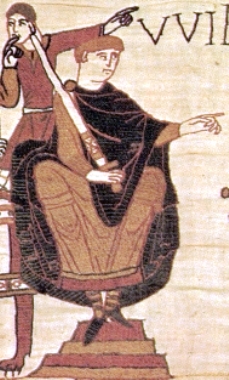
William was probably born in 1028 (we do not have any precise records). He was nicknamed ‘William the Bastard’ because he was the illegitimate and only son of a Norman nobleman, Robert I, Duke of Normandy.
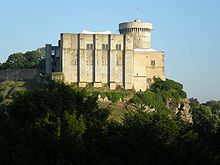
Robert left on a pilgrimage to Jerusalem but never came back home. In 1035, William succeeded him as Duke of Normandy. Yet, his illegitimacy affected his young life but he was supported and knighted at the age of 15 by King Henry I of France.
He successfully defeated Norman barons in Cain and his influence grew stronger and stronger, especially after marrying a noblewoman, Matilda of Flanders (who gave him ten children, four sons and six daughters).
Henry I tried to invade Normandy twice to put an end to William’s increasing power but without much success.
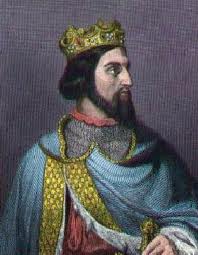
When King of England Edward the Confessor died without heirs, his throne was disputed by three men: the Earl of Essex (Harold Golwinson), Viking King Harald of Norway and William, whose great aunt was the late King’s mother.
Harold was crowned King as stated in the King’s last will but William was determined to defeat him. He gathered a large army of mercenaries from Brittany, Normandy and Flanders. Harold gathered his own army on the other side of the Channel. But because of terrible weather conditions, the battle was postponed and Harold had to disband his soldiers after some time.

He raised his army again when he heard that Harald of Norway had landed ten miles from York. He defeated him on September 25th 1066. Three days later, William’s army landed in England and moved to Hastings, where he waited for Harold’s return from the north.
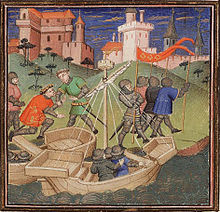
On October 14th, William and his army advanced towards their enemies. The battle lasted all day. William’s and Harold’s armies were similar in terms of numbers but Harold’s soldiers were exhausted and there were very few archers among them.
The legend says that Harold was killed by an arrow in the eye. He was beheaded and his body was dismembered.
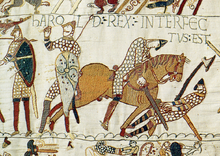
Then William and his army marched towards London where the Saxon noblemen surrendered.
William was crowned King of England on Christmas day, 1066.
Quite surprisingly, William built a castle in London but spent much of his time in … Normandy!
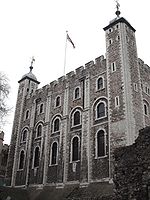
How did he rule his kingdom?
First, he decreased the power of earls and increased the power of autonomous administrative regions, known as shires, which he brought under central control. Most of the English estates and nobility titles were given to Norman aristocrats.
Twenty years after the Battle of Hastings, more than 90 % of the English lords had lost their lands. William had dispersed them widely, making sure that nobody would be strong enough to conspire against him.
French, or Norman French to be precise, replaced English in the ruling classes for more than 300 years.
In 1087, William fell off his horse and was seriously injured by the pommel of his saddle. He died at the age of 59.
Retour Accueil